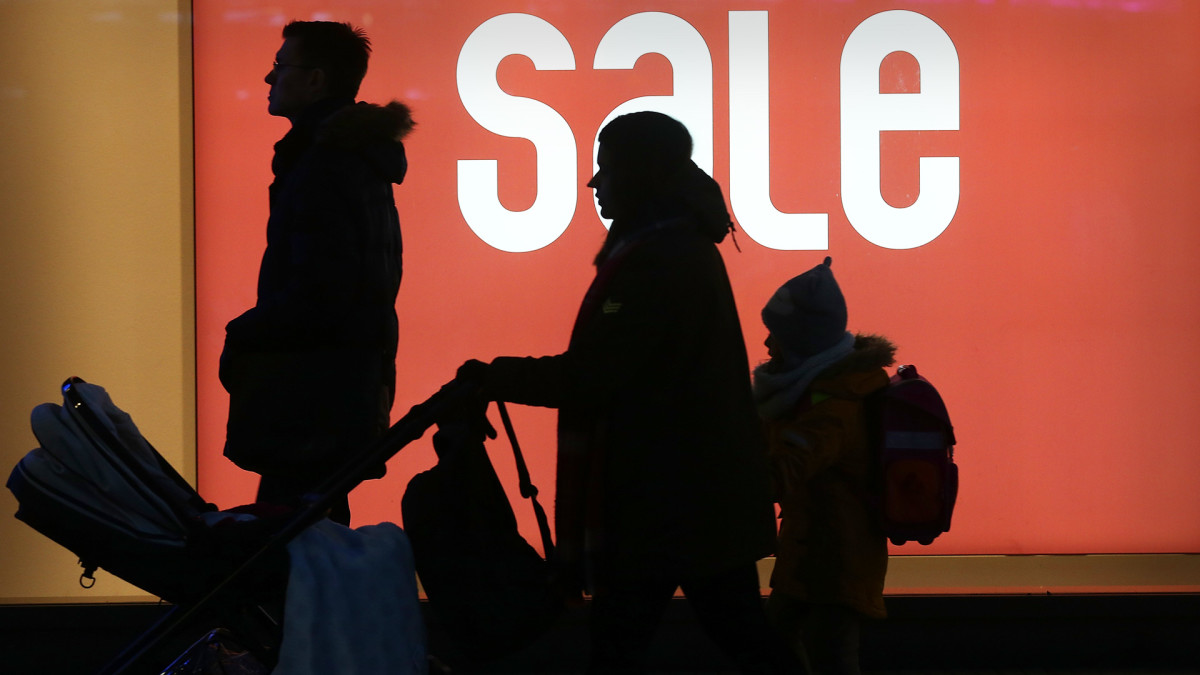
Having a noble goal and doing good for the planet do not always lead to success.
In fact, companies that bake a charitable element or green practices into their business models start with at least one strike against them. That's because it's generally cheaper to not be charitable or think of your impact on the environment.
Doing the right thing often costs a lot more than doing the wrong thing, and the public, at least in its actions, tends to be very cynical.
People, for example, like the idea of companies like Starbucks (SBUX) producing less plastic waste. But when they're forced to use straws that dissolve in their iced coffee or are encouraged to bring their own mugs, most Americans seem to prefer the easy thing to the right thing.
Related: Beloved retail brand survives Chapter 11 bankruptcy filing
Basically. people want companies to do good, but in a way that does not change their experience or raise their costs.
There's actually an automatic suspicion that any brand built around sustainability means higher prices. That may not be fair, but it's a reality for most people.
Still, many entrepreneurs have big hearts and bold ideas that could create a better world. One such brand, which operates in the fashion space and counts Swedish fast-fashion giant H&M (HNNMY) as one of its largest shareholders, started with the best of intentions but has filed for Chapter 11 bankruptcy.

Image source: Hanna Lassen/Getty Images
Renewcell wanted to create circular fashion
Renewcell, which makes Circulose, solved a problem and prompted an industry that had been famous for waste to become more sustainable. Fast fashion has often been accused of being wasteful and bad for the planet because by design the clothes people buy aren't supposed to last long.
The company tried to fix that by, according to its own terms, "making fashion circular." Renewcell explained Circulose and its operations on its website.
"Fashion has always been about growing more cotton, using more water, spraying more chemicals, and pumping more oil to sell more of the season’s must-haves. Bigger, faster, cheaper, and more wasteful. Linear," the company explained.
Circulose wanted to change that by creating a new process for recycling old clothes. The company described its material in a way that sounds really good for the planet.
It is a Next Generation material made by recovering cellulose from worn-out clothes and production scraps. Brands choose Circulose as it replaces the use of virgin materials such as wood pulp or cotton. ... Circulose is made from 100% recycled textiles, like that worn-out pair of jeans at the back of your closet. It is a ‘dissolving pulp’ that can be used to make viscose, lyocell, modal, acetate, and other types of regenerated fibers (also called man-made cellulosic fibers). These fibers are then spun into yarns, woven or knitted into fabrics and finally cut and sewn into new high-quality textile products.
That's a noble idea — but it didn't work. The company has run out of money and filed Chapter 11 bankruptcy.
Renewcell files for bankruptcy
Renewcell began a strategic review in November in order to sort out the company's finances.
"As part of the strategic review, Renewcell has had well-advanced negotiations with its two largest shareholders, H&M and Girindus, its existing lenders BNP Paribas, European Investment Bank, Finnvera (as partial guarantor), Nordea, AB Svensk Exportkredit and potential new investors as well as other stakeholders regarding long-term financing solutions," the company said in a news release.
"Unfortunately, it is now clear that these discussions have not resulted in a solution which would provide Renewcell with the necessary liquidity and capital to ensure its operations going forward."
This led to the company's board filing for bankruptcy at the Stockholm District Court. While a Swedish bankruptcy does not mirror the American process, the filing is similar to a Chapter 7 plan.
The company's future is very much in doubt and a liquidation appears likely.
"As we have a strong belief in the company’s long-term potential, we have together with our advisors spent very substantial time and efforts into trying to secure the necessary liquidity, capital, and ownership structure for the company to secure its future," Board Chair Michael Berg said.
"As part of the negotiations, we have had intense dialogues with both current main owners, new investors, and our banks, as well as other stakeholders. However, these discussions have not been successful."
Related: Veteran fund manager picks favorite stocks for 2024







